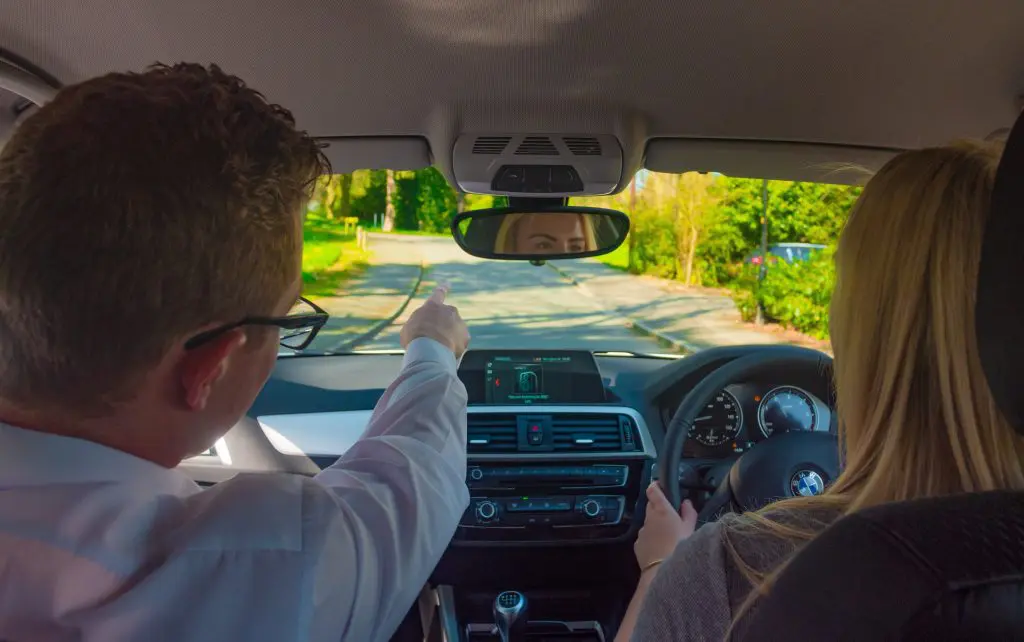
Anyone who wants to learn to drive has to do more than simply jump in a car with a driving instructor and start driving. Before you can even think about booking your practical driving test, you’ll have to have passed your driving theory test, and that requires its own preparation. A theory test is broken down into two sections too, so there’s more to learn than just questions and answers.
At Bill Plant Driving School, our instructors can help you with both parts of your theory test by pointing out hazards during driving lessons and quizzing you on your theory. In the meantime, we’re going to give you the lowdown on everything you’ll need to know about your hazard perception test.
What is the hazard perception test?
Once you’ve sat through the multiple-choice questions, you’ll be presented with the hazard perception test. This is the second part of your driving theory test.
The hazard perception test involves several different video scenarios. You’ll be tasked with identifying developing hazards while your car drives through everyday scenarios. You’ll be scored based on how well you identify hazards, and your score will go towards your overall chances of passing your theory test.
How does the hazard perception test work?
The hazard perception test works by following this process:
- The user is shown 14 individual videos of everyday driving scenarios
- As the car is driving along, something will happen that may be considered a potential hazard
- When you notice the hazard developing, you must click the mouse or tap the screen to state that you have seen it – The sooner you click your mouse to indicate that you have seen the hazard developing the more points you will achieve (5 points maximum per clip)
- You will have one video clip that features two developing hazards (10 points maximum)
While you aren’t limited on the overall number of clicks, you can’t simply click constantly as the test recognises this as an attempt to cheat and will score you 0 for that video clip. Each video has a maximum of 5 points on offer.
5 Examples of scenarios you could be given in your perception test videos
Every single scenario is based on something that you could encounter as a hazard during everyday driving. The Driver and Vehicle Standards Agency (DVSA) has created a wide array of short clips for this part of your theory test, enough that it’s unlikely you’ll be able to prepare for one particular hazard scenario.
With that in mind, the video clips usually feature a car driving around local roads rather than on a motorway. The types of hazard scenarios you may come across can include:
1 – Cyclists in the road
It’s highly unlikely that you’ll drive anywhere without spotting a cyclist or two. Every cyclist will need to be given plenty of space if you’re behind them or passing them. You’ll likely need to adjust your speed, which means they’re a hazard.
2 – Roadworks
Roadworks can throw up many different hazards, whether that’s temporary lights, new barriers or reducing the size of a lane with barriers or traffic cones. You’ll need to spot these in advance.
3 – Parked vehicles in the road
On local roads, a parked car may change your right of way, and this means you’ll need to adjust your speed, especially if there are oncoming cars. They could also hide emerging traffic, another hazard.
4 – Emergency services
Some scenarios may require you to react to an emergency services vehicle on the road, especially if you hear a siren or see flashing lights.
5 – Pedestrian hazards
This could be as obvious as children playing in the road or slightly harder to spot, like someone walking their dog. Either way, you need to be alert to the potential hazards they could cause.
These are just a handful of the types of hazard perception scenarios you may come across. Others could include speed bumps, speeding vehicles, poor visibility, large puddles in the road or another driver braking suddenly. The DVSA has filmed many hazard perception clips, so you’ll need to be prepared.
How do I pass my hazard perception test?

The hazard perception part of your test is marked entirely separately from your multiple-choice questions. The test offers a maxim of 75 points, but you’ll need to score a certain number of points to pass. These points are amassed from clicking at the right time when a hazard develops during your 14 clips.
To get to the correct score, you need to understand how it works, how many times you can click and the overall pass score.
How many clicks are you allowed on the hazard perception test?
Technically there is no limit on the number of times you can click in a hazard perception test. You will not lose points for clicking at the wrong time. However, if you click continuously or rhythmically to try and game the system, you will simply not receive any score at all, as the test understands that you’ve not spotted the developing hazards.
What score do you need to get on hazard perception to pass?
The overall points available are 75, and to pass the hazard perception, you will need to receive at least 44 points.
How can you practise for the hazard perception section of the driving theory test?
Practising your hazard perception may seem tricky, but it’s possible. While a lot of your ability to spot an actual hazard will come from driving lessons and practising actual driving, there are a couple of ways for you to practice for the hazard perception test itself.
- Use a free online test: We have a free online hazard perception test of our own that you can use to get you up to speed. While the scenarios in our practice test aren’t the actual ones used by the DVSA, they are a good reflection of the video clips they use.
- Download an app
- Download software
- Talk with your instructor during driving lessons
Get more help with your test practice and driving today!
At Bill Plant Driving School, our instructors are ready to help you learn to drive safely and affordably. We can help you with every aspect of the learning process, with driving theory test tips, a free online theory test and a range of other resources to help you pass your practical driving test too. Check out our driving test guide or how to pass your driving test guide to get started.

